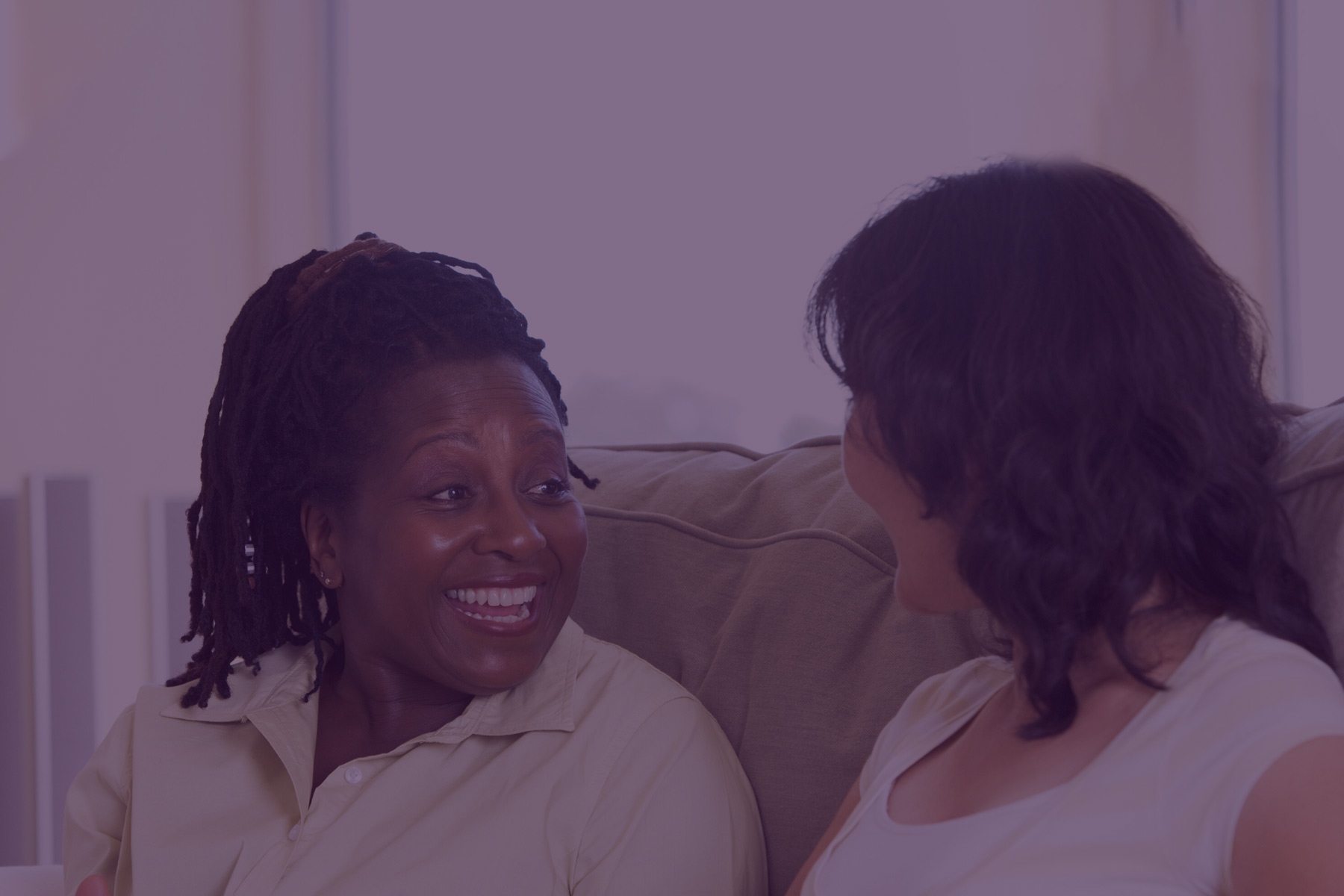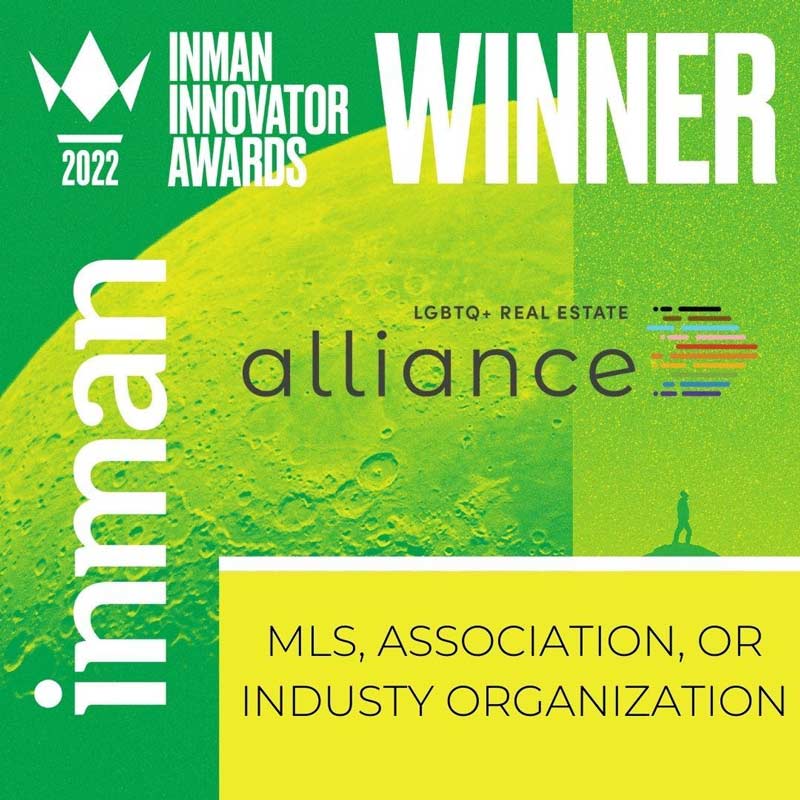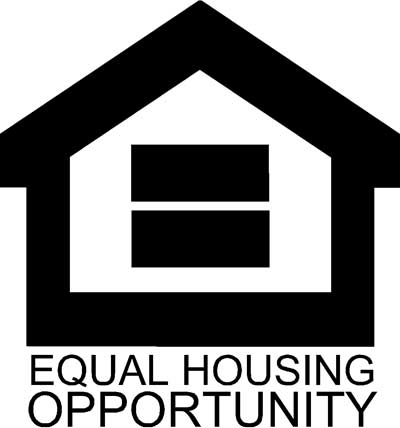LGBTQ+ Homeownership Rates
According to research conducted by Freddie Mac, “members of the LGBT community are less likely to own a home, are more mobile, fear discrimination when buying a home, and prioritize living in LGBT-safe neighborhoods.”
As a result, the LGBTQ+ homeownership rate of 49.8% is far below the U.S. average of 65.8%
Why does LGBTQ+ homeownership lag so far behind? When looking to invest in a home and start a new life, the stress of facing unfriendly actors, from homeowners and lenders to real estate professionals and unwelcoming neighborhoods, influences a couple’s willingness to buy, where they feel safe buying, and whether they will be cheated financially in the process.
76% of LGBTQ+ property owners reported owning a single-family house. The next most common properties owned were condominiums and townhouses, along with investment rental properties. Altogether, 28% of LGBTQ+ property owners own one of these (some along with a single-family home). Vacation homes, mobile homes, and other types, like retirement housing, make up the remaining, small percentage.
LGBTQ+ Friendly Neighborhoods
Where most Americans live in the same general area where they grew up and went to High School, less than a third of LGBTQ+ people do. And when it comes to married LGBTQ+ couples, they are looking for welcoming neighborhoods with vibrant and diverse communities where they can feel safe and appreciated.
Only some states, cities, and counties have laws protecting LGBTQ+ people from discrimination. Homes in these areas, as well as in explicitly gay neighborhoods, may cost significantly more.
Even so, 89.3% of surveyed Alliance members said that they find it at least somewhat important to live in an LGBTQ+ friendly community. Among those living in small communities, 64% say that they live in an LGBT-friendly city or town, and 64% say they live in an LGBT-friendly neighborhood. Only 21% of all LGBT people report living in an LGBT-unfriendly city or town, and similarly, 25% report living in an LGBT-unfriendly neighborhood.
LGBTQ+ Buying Power is Power
Saving money is often a greater struggle for LGBTQ+ people than among the general population. A history of discrimination, a pay gap where LGBTQ+ people have been shown to earn less, and lack of federal marriage benefits before 2015, have all contributed to shrinking the resources an LGTBQ+ couple may have to invest in real estate.
While few things change as quickly or as well as we would like, there is still good reason to expect continued growth in the housing market for LGBTQ+ people. The numbers are moving in the right direction. Today, 5.6% of Americans identify as LGBTQ+, and there are at least 568,110 married, same-sex households.
In 2016, America’s LGBTQ+ buying power was estimated at $917 billion, and today may stand at over $1 trillion dollars.
That means that, more than ever before, real estate markets are responding to your need for a home.
One example is the LGBTQ+ Real Estate Alliance, a 501(c)6 organization launched in June 2020 by leading members of the real estate industry. Influential real estate professionals and allies joined with other members of the LGBTQ+ community to create this new voice in real estate.
The mission of the Alliance is to Advocate, Elevate, and Celebrate. The Alliance advocates for fair housing for all and promotes LGBTQ+ homeownership. The Alliance elevates professionalism in the industry through education and networking. And they celebrate diversity and inclusion among members and allied partners.
The Alliance’s website connects you with housing and real estate professionals, nationwide, from Real Estate Agents and Lenders to HUD Consultants and Tax Advisors.
Where there is awareness, organization, and advocacy, there is more potential than ever before to find the home of your dreams and to make a life in a supportive community.
The Future of LGBTQ Home Buying
According to Freddie Mac, there is a fairly even split between LGBTQ+ couples looking to live in urban areas, the suburbs, and smaller communities. Along with more and more young people identifying as LGBTQ+, the real estate industry must adapt to serve this market.
In the end, it still comes down to fear being a factor in slowing the LGBTQ+ community from becoming homeowners at the same rate as non-LGBTQ+ married couples. In years ahead, the task will move beyond eliminating discrimination to effectively communicating with and serving the needs of this growing and diverse community of home buyers.
Looking for Real Estate Professionals in our National Chapter Program?
The mission of the Alliance Chapter Program is to provide local gathering points for LGBTQ+ and allied real estate and housing industry practitioners. If you are looking for engaged professionals who believe in the mission of the LGBTQ + Real Estate Alliance, then visit our National Chapter Program page.




